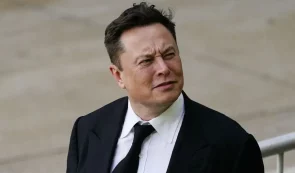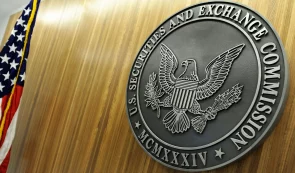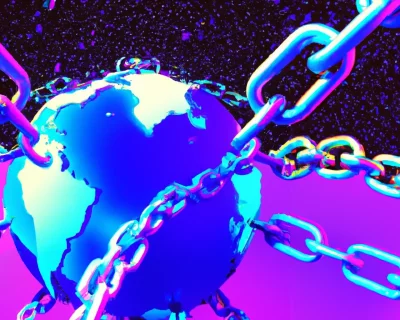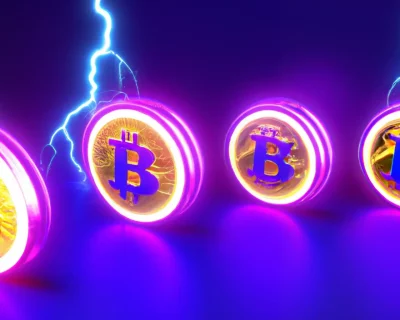China’s Trade Challenges and Diplomatic Maneuvers in Europe
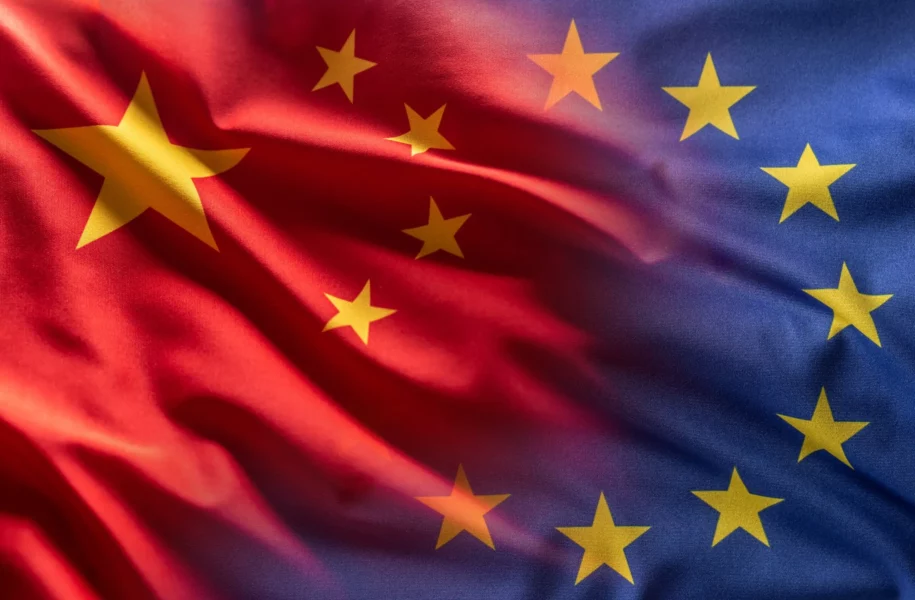
This week in Europe, Chinese leader Xi Jinping aimed to dissuade leaders from mirroring the U.S. in limiting imports of electric vehicles and other high-tech Chinese goods. Fresh data underscores the urgency of his mission.
China’s exports to both the European Union and the U.S. dipped in the four months leading up to April compared to a year earlier, despite an overall 1.5% increase in China’s exports. The rise was fueled by heightened exports to Asia and developing nations.
The evolving trade landscape of China showcases the appeal of affordable Chinese goods like machinery, smartphones, and automobiles to less affluent countries. However, it also reflects strains between Beijing and the U.S.-led West, prompting Chinese companies to seek alternative production hubs to sidestep U.S. tariffs.
In Europe, the decline in exports also mirrors the region’s economic sluggishness post-pandemic and amid Russia’s Ukraine incursion. Increased trade barriers would further complicate China’s efforts to rebuild exports to the EU.
Conversely, exports to Southeast Asian nations, including Singapore, Thailand, and Indonesia, surged by 6.3%, exceeding $185 billion from January to April. China’s trade with ASEAN countries, totaling $307 billion, surpasses that with the EU or the U.S. Exports to Vietnam spiked by over 20%.
READ MORE: EU Considers Crypto Integration in $12.88 Trillion Mutual Fund Framework
Exports to Brazil also saw a more than 20% increase, with overall trade between China and Latin America growing by 8% year-over-year to $161 billion. Yet, exports to the EU dropped by 4.8%, while those to the U.S. fell by 1%.
April witnessed a rebound in exports from China following a March contraction, largely due to tough year-over-year comparisons. Notably, exports of products like cars and electronics, and auto exports, surged by 21% in the first four months of the year, indicating China’s growing presence in the global car market.
Xi Jinping’s trip to Europe aimed to enhance trade ties, yet the effectiveness of this in reviving trade remains uncertain. As China invests in high-tech sectors like electric vehicles and renewables to bolster economic growth, concerns mount globally over job security and industries potentially impacted by a surge in cheap Chinese imports.




